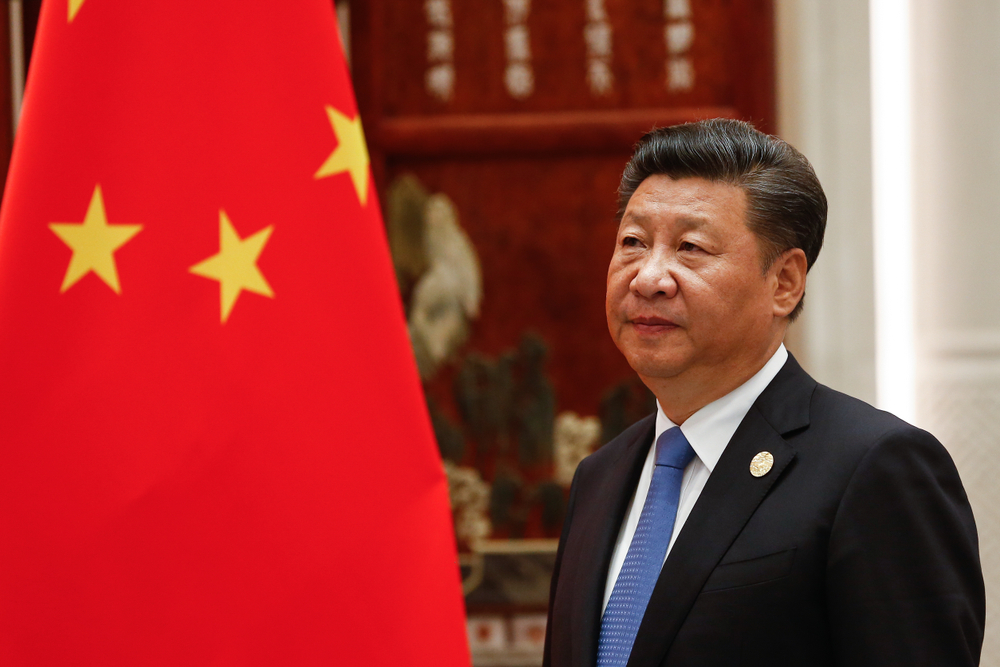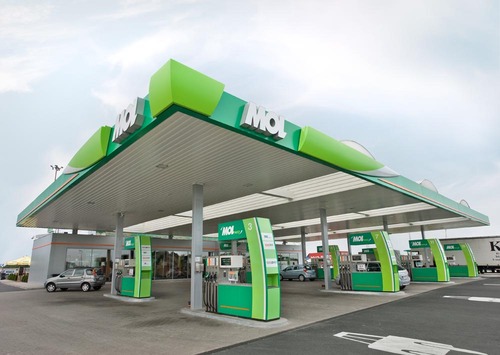Equilor: Increasing Risks Around Hungarian Economy, With Negative Real Interest Rates

Graphic by Myvector / Shutterstock.com
Hungarian monetary and fiscal policymakers are facing an increasing number of challenges and risks, according to the latest analysis by Equilor Investment Ltd., presented on May 31. Several factors have combined to force the Hungarian government to adjust, introducing new windfall taxes to halt the further widening of the ballooning budget deficit.
Lajos Török, the lead analyst at Equilor, warned additional measures might still be needed to keep the previously set deficit target. Based on the current outlook, the general government deficit could reach 5.5% this year and slowly decline. The firm believes interest rates could peak at 7.9% in 2022, but even so, a positive real interest rate will not be achieved this year, as annual inflation could reach 9%. Rising interest rates, global uncertainties, the explosion in commodity prices, and the upsurge in inflation are the main factors behind the unfavorable outlook, which fiscal and monetary policy can only combat with moderate success in the short term.
According to Equilor’s analysis of most indicators, a bear market has set in, meaning we can say goodbye to steadily and predictably rising equity prices for a while. The supply and demand shocks have affected almost all commodity prices, with the price increases for agricultural commodities practically continuous.
Price rises can cause inflation in developed countries and shortages of goods and even famine in developing countries, which could, in turn, lead to political instability in some regions, Equilor warns. This process is not yet fully reflected in the prices of finished goods, and price increases could be further exacerbated by the fall in Ukrainian and Russian prices.

Equilor lead analyst Lajos Török (center right) makes a presentation alongside CEO Bálint Szécsényi (center left).
Global Similarities
Globally, similar trends are playing out in the major economies: growth in the United States is more buoyant, but a significant slowdown is expected this year, with accelerating inflation. In the euro area, growth is slower, but inflation has picked up, leading to the European Central Bank’s first rate hike in 11 years, expected to be 25 basis points in July, while the U.S. Federal Reserve has said it will raise rates by 50 basis points this month and next.
The Hungarian fiscal situation has triggered an adjustment, which poses further risks to growth and, indirectly, even inflation, the investment services firm warns. The pace of price increases approached 10% in April, a high not seen for 21 years, and could exceed this level in the coming months, while annual inflation could reach 9%.
The National Bank of Hungary (MNB) is currently trying to fight expectations of inflation building up and anchoring itself at higher levels: the cycle of interest rate hikes launched last June was less effective due to the countervailing fiscal and monetary policies, and a sharp shift in fiscal policy is now visible.
Equilor points out that the MNB has repeatedly stressed the need for a positive real interest rate, which is unlikely to be achieved this year. The central bank may reduce the pace of base rate hikes from 100 to 50 basis points and raise the one-week deposit rate further at a speed of 30 basis points. According to Török, if this scenario materializes, the two interest rates could converge at the end of September at 7.9%.
Forint Risks
A range of risks is influencing the forint market: uncertainty over the transfer of the EU recovery fund from Brussels, the Russo-Ukrainian war, monetary tightening by major central banks and the unconventional fiscal measures favored by the Hungarian government have all weakened the domestic currency recently.
According to Equilor, if an agreement is finally reached with the European Union, the euro should not remain stable above HUF 400. The exchange rate could hover around the current level of HUF 393 over the year.
The most significant payers of the windfall taxes on “extra profits” will be MOL and OTP, which are expected to pay an extra HUF 250 billion and HUF 82.5 bln in annual taxes, respectively. In the case of MOL, the further widening Brent-Ural spread will significantly improve the company’s results, only partially offset by the loss due to the wholesale price capped for Hungarian forecourt customers at HUF 480. In the case of the banking sector, the higher interest rate environment helps profitability.
The increase in telecoms tax will negatively affect Magyar Telekom, increasing its payable tax by HUF 15 bln, according to Equilor estimates. In contrast, pharma company Richter, the fourth blue-chip share on the Budapest Stock Exchange’s main BUX index, will not be affected by the windfall taxes. Still, they could impact lending when high-interest rates are expected to be negative anyway.
This article was first published in the Budapest Business Journal print issue of June 17, 2022.
SUPPORT THE BUDAPEST BUSINESS JOURNAL
Producing journalism that is worthy of the name is a costly business. For 27 years, the publishers, editors and reporters of the Budapest Business Journal have striven to bring you business news that works, information that you can trust, that is factual, accurate and presented without fear or favor.
Newspaper organizations across the globe have struggled to find a business model that allows them to continue to excel, without compromising their ability to perform. Most recently, some have experimented with the idea of involving their most important stakeholders, their readers.
We would like to offer that same opportunity to our readers. We would like to invite you to help us deliver the quality business journalism you require. Hit our Support the BBJ button and you can choose the how much and how often you send us your contributions.








